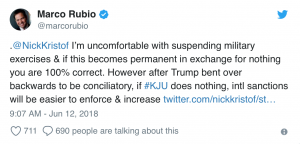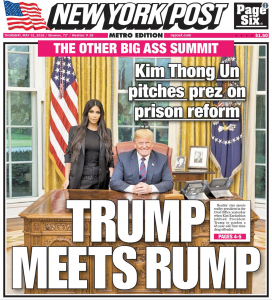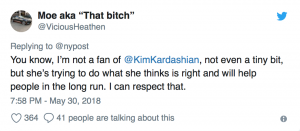By CAROLINA PEREZ
A news article reported and written byin the Health & Science section of The Washington Post discusses a new plan to reorganize parts of the executive branch of the federal government. Click for the June 21 article: Government reorganization plan embraces conservative goals for the safety net.
Besides the Trump administration’s proposal to reorganize specific subdivisions of the federal government, the administration is also explicitly requesting the implementation of specific requirements. These requirements encompass having people work in preparation for jobs to qualify. I agree with the idea of having possible standards implemented as a satisfactory passage, but believe their should also be additional options to choose from besides the requirements that have been listed, such as education.
The authors are good at being subtly bi-partisan by clearly differentiating the conduct of both parties without bias but rather rationally.
They specifically target the popular rhetorical opinions of the media that classifies the ideals of the parties to the public eye. For example, the following paragraph:
The blueprint does not itself contain funding cuts for food stamps, cash assistance, Medicaid or other longtime pillars of the government’s safety net. But it runs alongside President Trump’s efforts in his budgets to slash funding for such programs. And it would buttress a case for reductions by pulling together programs in ways that make clearer how much the government is spending.
The reflective overlook of the article does not depicts the character of President Trump negatively rather they choose to articulate his ideology. They’re attentive to the rhetorical ideology the president has originally promised on his campaign but also observes the application of his ideology. The continuous tone of voice has been neutral in comparison to the tone of mockery the news media often have for the president.
The article did fall short in educating the public as to the foundational elements of the context. The majority of the article had various questions rather than answers in which made me, as the reader, feel slightly informed but still not fully comprehending the material.

 The New York Times’ opinion columnist, Nicholas Kristof, wrote an article where he too criticized the exchange between Trump and Kim Jong Un. Kristof believes Trump was”out-negotiated” by Kim.
The New York Times’ opinion columnist, Nicholas Kristof, wrote an article where he too criticized the exchange between Trump and Kim Jong Un. Kristof believes Trump was”out-negotiated” by Kim.
